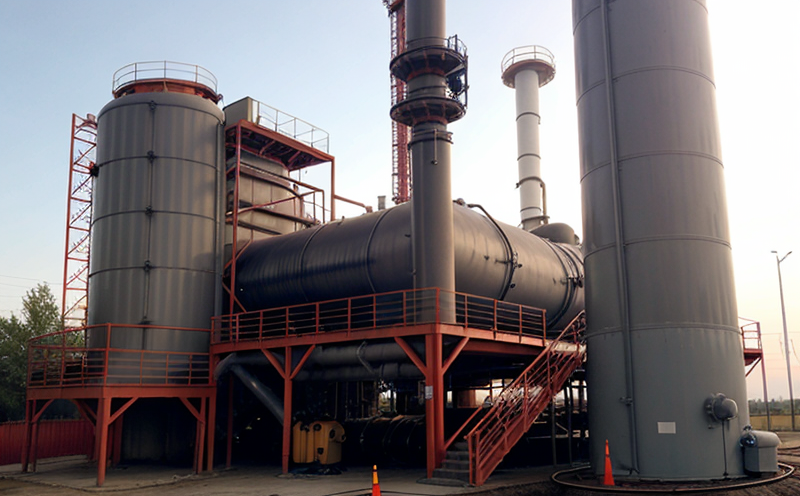Industrial flare system inspection
Industrial flare systems are critical components in many industries, including petrochemicals, oil and gas, and chemical processing. These systems are designed to safely release excess process gases or flammable materials into the atmosphere by burning them at a controlled rate. Proper maintenance and inspection of these flare systems are paramount for ensuring safety, compliance with regulatory standards, and preventing potential hazards.
Flare inspections encompass a range of activities aimed at verifying the integrity and performance of the flare system. These tests may include visual inspections, pressure testing, combustion efficiency checks, and material compatibility evaluations. The inspection process ensures that all components—such as burners, ducts, stacks, and control systems—are functioning correctly.
Regulatory bodies like OSHA (Occupational Safety and Health Administration) and API (American Petroleum Institute) set stringent standards for flare system inspections to ensure they meet safety requirements. For instance, API 587 specifies the recommended practices for flare stack design, construction, and operation. Adherence to these guidelines is essential in maintaining safe operating conditions.
The inspection process typically involves several steps:
- Visual Inspection: This step checks visible signs of wear or damage on the flare system components.
- Pressure Testing: Ensures that the flare stack can withstand specified pressures without leakage or failure.
- Combustion Efficiency Check: Evaluates how efficiently the flare converts process gases into carbon dioxide and water vapor.
- Material Compatibility Evaluation: Determines if materials used in the system are suitable for the specific operating conditions they will encounter.
Regular inspections not only help maintain safety but also prolong the useful life of the equipment. By identifying potential issues early, companies can avoid costly repairs or replacements and minimize downtime. Properly maintained flare systems contribute to a safer work environment and comply with stringent regulatory requirements.
The importance of industrial flare system inspection cannot be overstated in sectors where process gases are handled. For instance, in petrochemical plants, any uncontrolled release of flammable materials can lead to catastrophic incidents. Regular inspections ensure that these risks are minimized, thereby protecting both personnel and the environment.
Industry Applications
- Petrochemical plants: Flare systems are used to manage excess gases from refining processes.
- Oil and gas refineries: These systems help in handling flammable materials safely during processing stages.
- Chemical manufacturing facilities: Used for managing volatile organic compounds (VOCs) and other hazardous substances.
The primary goal of industrial flare system inspection is to ensure that these critical components operate efficiently and safely. Proper maintenance helps prevent accidents, reduces downtime, and ensures compliance with environmental regulations.
Customer Impact and Satisfaction
Customers who invest in comprehensive inspections can expect several benefits:
- Enhanced Safety: Ensuring that the flare system meets all safety standards reduces risks associated with uncontrolled releases of process gases.
- Increased Efficiency: Properly maintained systems operate more efficiently, leading to cost savings and improved productivity.
- Regulatory Compliance: Regular inspections help businesses stay compliant with local and international regulations. This compliance can prevent legal issues and associated penalties.
Customer satisfaction is high when the inspection process identifies potential issues early, allowing for timely repairs or replacements. The result is a safer work environment and reduced operational risks.
Use Cases and Application Examples
- Petrochemical Plant: A large petrochemical plant conducted an inspection to identify potential issues in their flare system after noticing unusual pressure fluctuations. The inspection revealed a crack in one of the burners, which was promptly repaired.
- Oil Refinery: An oil refinery in Texas inspected its flare stack annually as required by API standards. This routine practice helped them avoid costly repairs and maintain regulatory compliance.
- Chemical Manufacturer: A chemical manufacturer used a comprehensive inspection process to ensure their system could handle the high volume of volatile materials generated during production processes.
In each case, regular inspections not only ensured safety but also contributed to the overall efficiency and longevity of the flare systems. These real-world examples illustrate the critical importance of proper maintenance and testing.





